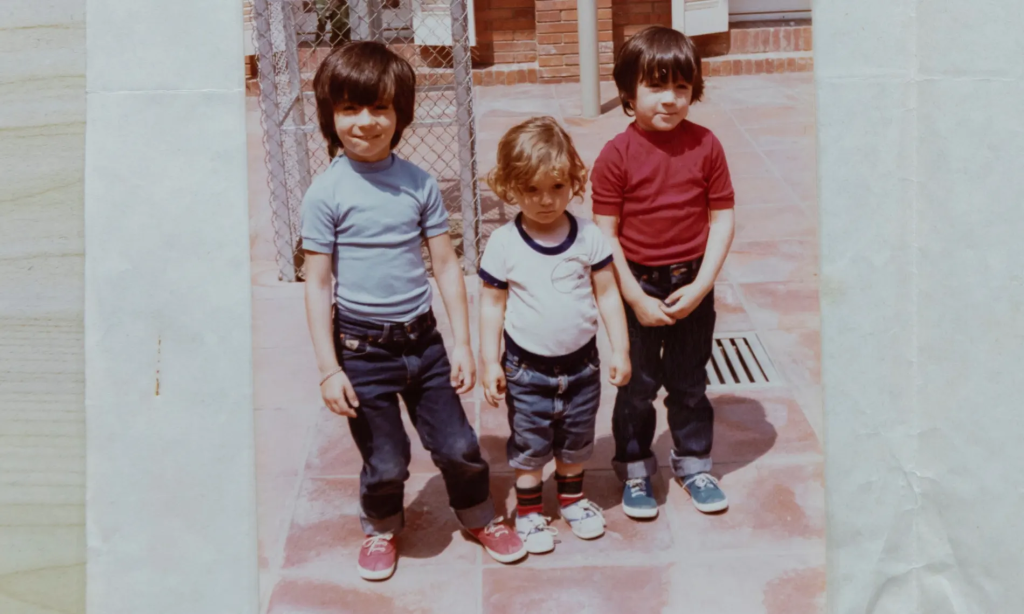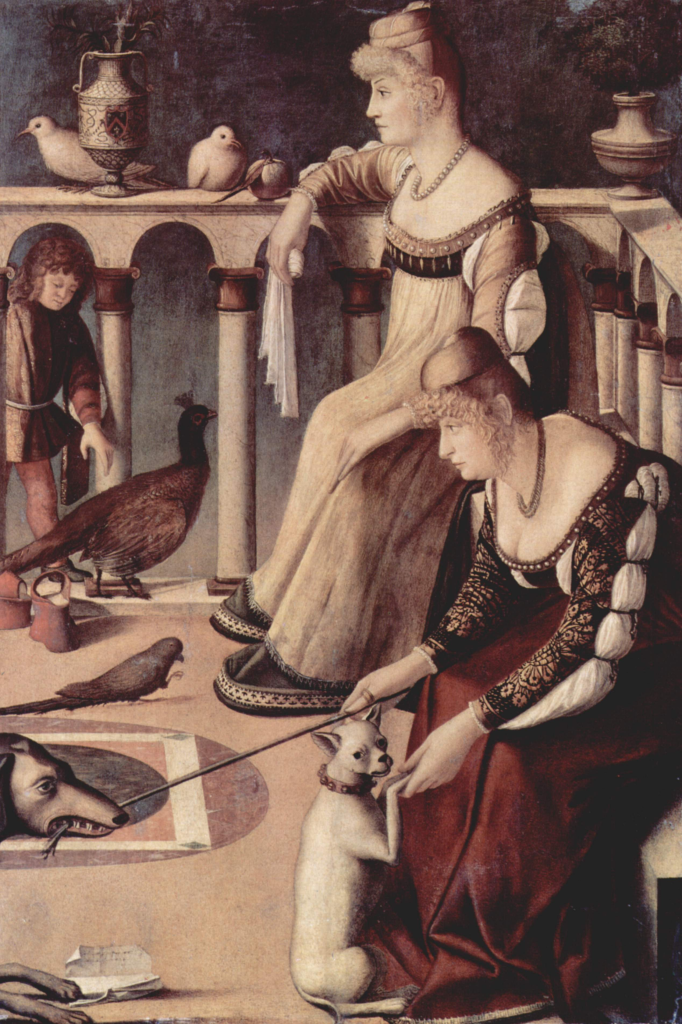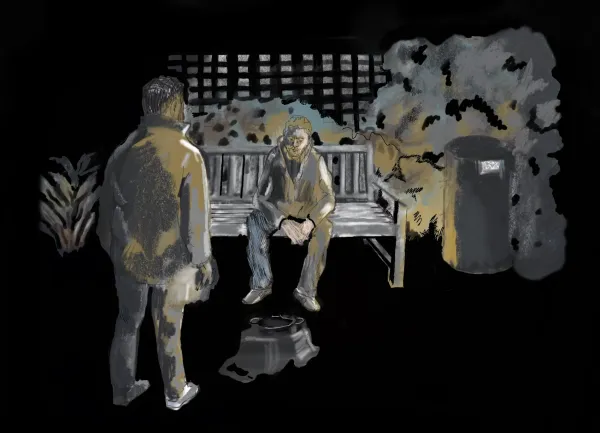Three abandoned children and a 40-year mystery

From Giles Tremlett at The Guardian: "On 22 April 1984, a sandy-haired, ringleted two-year-old girl named Elvira was driven with her brothers, Ricard and Ramón, aged four and five, to a grand railway terminus in Barcelona. The children, dressed in designer clothes, rode in a white Mercedes-Benz driven by their father’s French friend Denis. He parked near the modernist Estación de Francia and walked them into the hangar-like hall, which had shiny, patterned marble floors and was topped by two glass domes. Once there, he told the children to wait while he bought sweets. The three siblings waited, but Denis did not return. Eventually, Elvira started crying. A railway worker asked what was wrong and Ramón, who spoke French and Spanish, explained. The police were called, but when they asked the children their parents’ names, they did not know. Nor could the children give their own surnames, or say where they lived – except that, until recently, it had been Paris."
How Edgar Allen Poe pranked New York City, and inspired Jules Verne

From Rebecca Romney at Mental Floss: "On April 13, 1844, a special extra of the New York Sun announced: “ASTOUNDING NEWS! … THE ATLANTIC CROSSED IN THREE DAYS! SIGNAL TRIUMPH OF MR. MONCK MASON’S FLYING MACHINE!!!” According to the article, a balloon heading from England toward Paris had been blown off-course and landed safely near Charleston, South Carolina. The “report” was submitted by a journalist who was also a well-known short-story writer: Edgar Allan Poe. There was just one problem. He had made the whole thing up. “The Balloon Hoax,” as it later became known, was Poe’s idea of a calling card. He had just moved to Manhattan. What better way to announce you’ve arrived than to prank an entire city?"
Horses came to American West by early 1600s, study finds

From AP: "The horse is symbolic of the American West, but when and how domesticated horses first reached the region has long been a matter of historical debate. A new analysis of horse bones gathered from museums across the Great Plains and northern Rockies has revealed that horses were present in the grasslands by the early 1600s, earlier than many written histories suggest. The timing is significant because it matches up with the oral histories of multiple Indigenous groups that recount their peoples had horses of Spanish descent before Europeans physically arrived in their homelands, perhaps through trading networks. The study was published in the journal Science."
What it's like to live on Amish time

Arielle Zibrack for the LA Review of Books: "It’s hard not to romanticize the Amish. Their food is delicious. They wear charming outfits (The bonnets! The beards! The wide-placket shirts!) and they ride around in black, horse-drawn buggies with big wagon wheels that harken back to a simpler time. That’s another thing the tourism brochures say again and again and it’s sort of true. But, contrary to appearances, not all of this buggy-and-bonnet business is based on hard and fast rules. The seeming ban on technology is surprisingly porous. Though they don’t use electricity, some have batteries in their houses for small appliances. Many will use battery-powered sewing machines or flashlights. Some of their buggies have blinking rear lights like a bike, for safety (2). Anyhow, nowhere is it written that the Amish can’t have buggy lights."
Naughty nuns, flatulent monks, and other surprises of sacred medieval manuscripts

Hunter Oatman-Standard writes for Collector's Weekly: "Flipping through an illustrated manuscript from the 13th century, you’d be forgiven for thinking that Jesus loved a good fart joke. That’s because the margins of these handmade devotional books were filled with imagery depicting everything from scatological humor to mythical beasts to sexually explicit satire. Though we may still get a kick out of poop jokes, we aren’t used to seeing them visualized in such lurid detail, and certainly not in holy books. But in medieval Europe, before books were mass-produced and reading became a pastime for plebes, these lavish manuscripts were all the rage—if you could afford them. The educated elite hired artisans to craft these exquisitely detailed religious texts surrounded by all manner of illustrated commentary."
The mystery behind a 500-year-old painting by a Venetian Old Master

From Philip McCouat for Art In Society magazine: "A little over 500 years ago, the Venetian painter Vittore Carpaccio, regarded as second only to Bellini as the outstanding Venetian painter of his generation, created two striking scenes of his native city. One of them would later be described as the most wonderful painting in the world. The other would end up in a junk shop. Just exactly what either of them depicts has continued to divide opinion to the present day. And the mystery has only deepened with the discovery that although the pictures show different characters, different activities and different settings, they are actually both parts of a single painting. This is their story."
This makes all other swings seem tame by comparison
Well this swing is just insane pic.twitter.com/DjX8M67Wqh
— Wu Tang is for the Children (@WUTangKids) May 15, 2023



